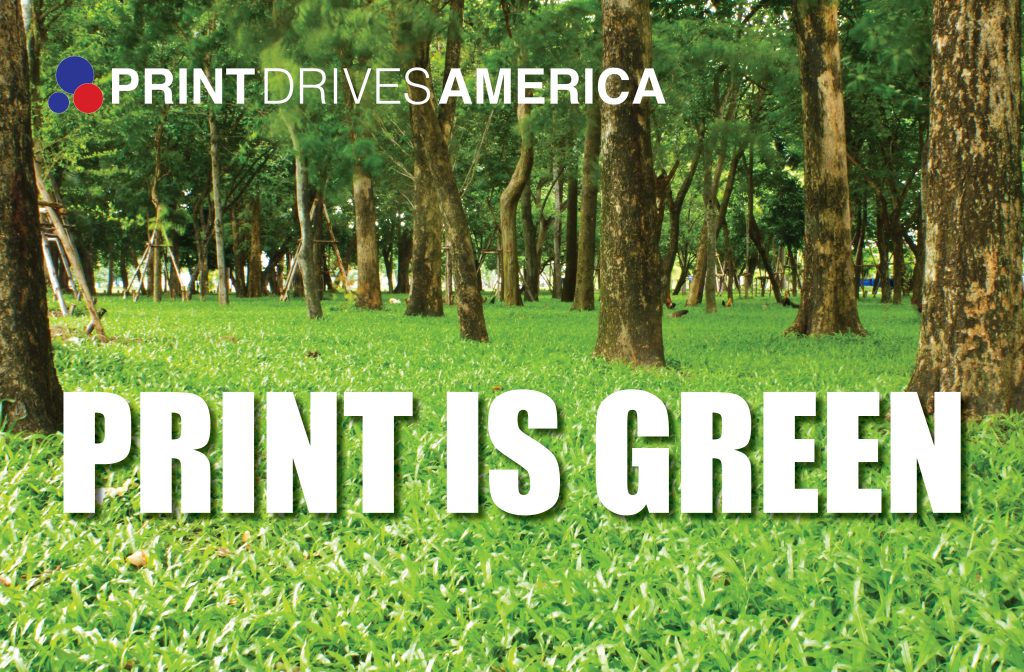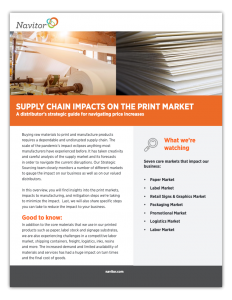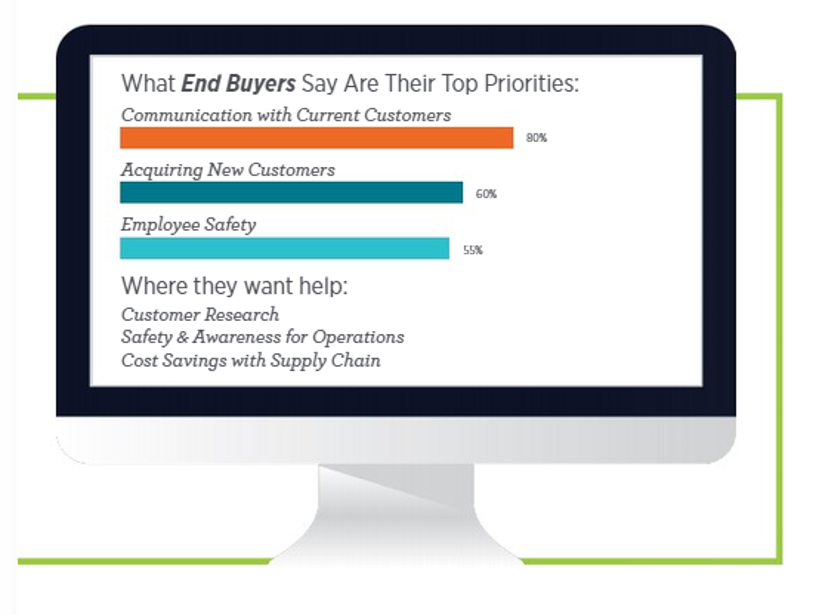A large part of how we support our distributor partners involves taking into account predicted trends for the upcoming year within a variety of vertical markets. As we look forward to a new year, it is apparent the competition will be fierce and those with solid sales strategies will excel. We’re taking a close look at what big changes this new year brings for healthcare organizations and what that means for our distributors.

Healthcare marketing budgets are up
Out of the main types of healthcare companies in the U.S., including categories like pharmaceutical manufacturers and medical device firms, biotech companies had the highest marketing budgets. Nevertheless, all have increased their marketing spend in the last couple of years. On average, the marketing budgets of healthcare companies in the country grew by almost two million dollars. Great news for our industry is the added fact that in general, the healthcare sector tends to focus more on advertising by way of traditional media rather than digital, at least on a local level. This means more print sales for you.
Healthcare continues to consolidate and run as a business
Many industries have been seriously affected in the last couple of years, while vertical markets like healthcare continue to forge ahead impacted in a very different way. Increased demand, as well as mergers and expansions, have brought marketing opportunities for rebranding, open house events, and other communications and promotions. Loyalty programs, direct mail, and promotional products will be increasingly needed. Print marketing has been deemed the most effective marketing strategy for products and services in the healthcare sector. This is due in large part to how hard it is to convince consumers to trust a brand’s product or service just by reading an online ad. However, studies show that most consumers trust printed material far above digital, especially in the healthcare market. The power of print marketing cannot be overemphasized in this industry.
People are seeking integrated healthcare systems
The alternative healthcare sector provides a variety of health services such as acupuncture, naturopathy and homeopathy, meditation, yoga, massage, and much more. The practitioners in this industry had typically operated private or group practices in their own offices, however, due to the pandemic, industry revenue fell significantly when practitioners were unable to offer in-person services. As restrictions lessen, industry revenue has surged as patients quell their pent-up demand for alternative services. The industry has returned to robust growth and at the same time, more insurance companies and employers have recognized the benefit of covering alternative healthcare.
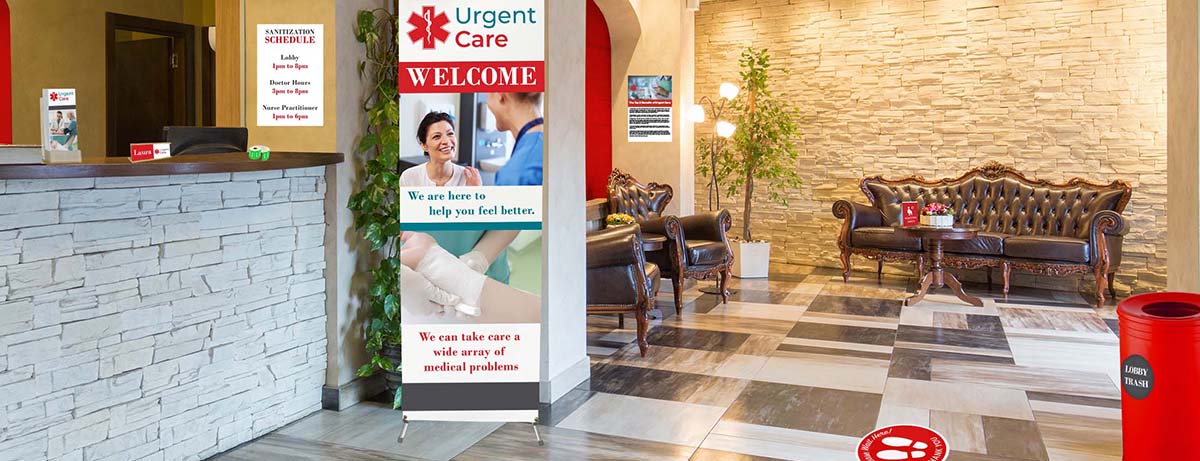
The forecast
As this expansion continues, more practices are landing in the facilities of others, such as hospitals and medical centers because today’s healthcare consumers are seeking out integrated systems and they want convenience. They want easier access to the services they are looking for, when and where they need them. Demand for alternative healthcare is expected to continue over the next five years as a result of increasingly favorable attitudes toward industry services and favorable demographic trends. In particular, the aging population, facing the mounting incidence of disability that accompanies old age, is expected to bolster demand for alternative services. More importantly, the growing acceptance and expanding coverage of these services will drive industry growth. As consumers look more to integrated healthcare systems — where they also have access to retail, urgent care, primary care, and hospitals — traditional hospital systems and large group practices will feel the pressure to expand their services.
What does this expansion mean for our distributors?
Marketing and advertising is expected to take up a significant chunk of budgets as enterprises must promote their businesses rather than just rely on word of mouth. Having a clear understanding of the most important keys for success for this industry – like creating a stellar reputation, developing a symbiotic relationship with other healthcare providers, educating the wider community and generating a loyal customer base – will help you speak directly to their needs. It is also a great exercise in observing the opportunities for print within each key and aligning products and services to meet your client’s objectives.

The Research Dollop
To further expand your familiarity and expertise within the healthcare industry, we’ve created a research dollop for your use. By exploring the predominant needs of the industry and considering the practical sales tactics offered, this educational asset will assist you in either breaking into or further penetrating this worthwhile industry. Taking into account the industry’s major priorities, the most-ordered print products, and reviewing tips on what to say, the healthcare dollop gives you valuable insights and tangible conversation starters. It aligns healthcare marketing objectives with products and services for you to sell to support expanding alternative healthcare, as well as branding opportunities in other growth areas such as non-emergency procedures, and urgent care centers. Additionally, you’ll find questions to ask and the top action steps you can take right away to increase engagement and boost your sales.
The takeaway
Print marketing has had a long-standing alliance with healthcare and it proves to be the best way to stand out in a crowded media landscape. Physical ads and printed pieces have more impact and emotional weight than digital marketing and end up being decisive factors for consumers contemplating healthcare providers. With print marketing, prospective customers can get more details and develop an emotional and subconscious affiliation with the brand. Utilizing various print marketing tactics with all they have to offer is a perfect way for your customers in the healthcare sector to generate new leads and increase brand awareness.
Our newly updated healthcare flyer for the healthcare industry is now available and our healthcare industry dollop has up-to-date information regarding selling to healthcare, designed to help you position yourself as a thought leader and problem solver in this market. For social posts or your website, we have a healthcare social toolkit that you can use to copy, paste and post.
Staying on top of market trends and industry conditions gives us the means to help you make the most of identified opportunities. Rely on us as your go-to resource for thought-leadership and innovation. We’re here to support your efforts in delivering the best customer experiences, giving your customers what they need, and addressing topics important to them.
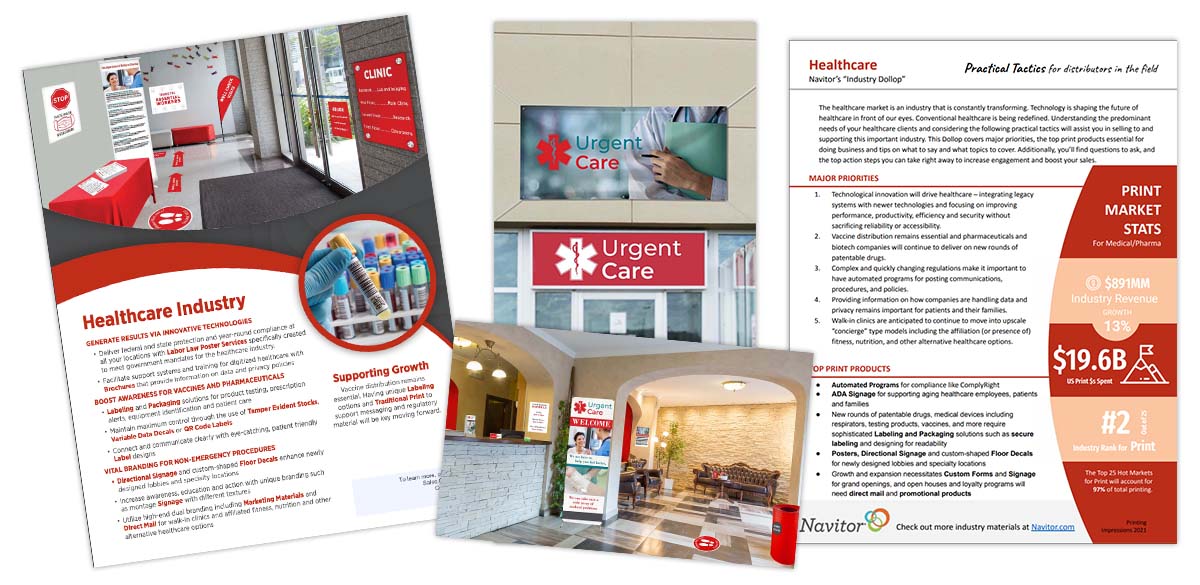

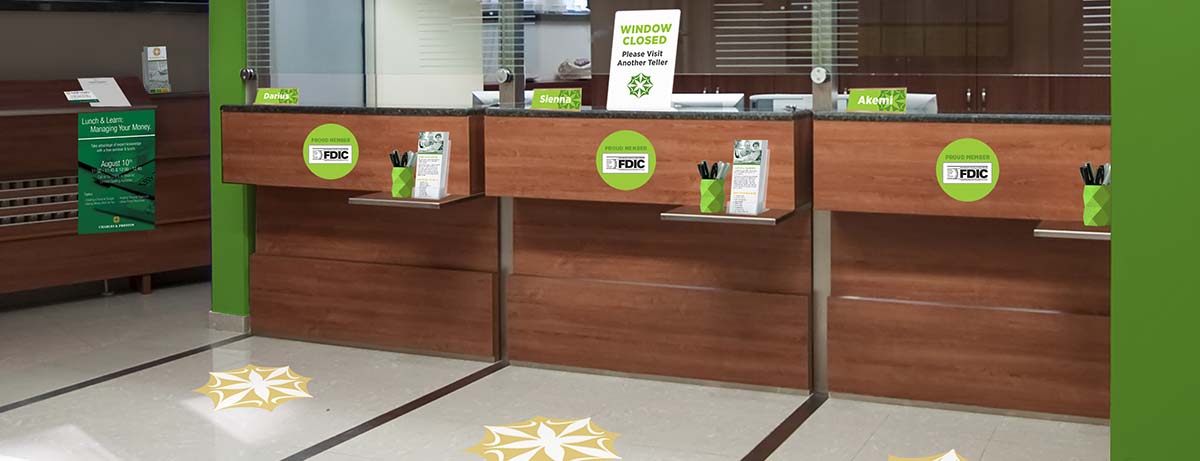


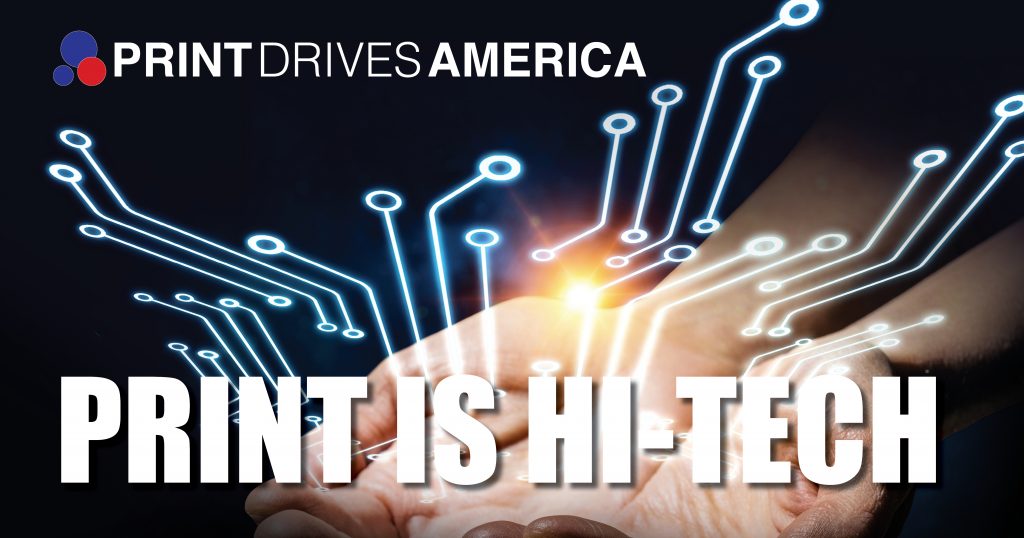

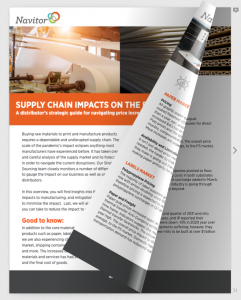 Always here for you
Always here for you